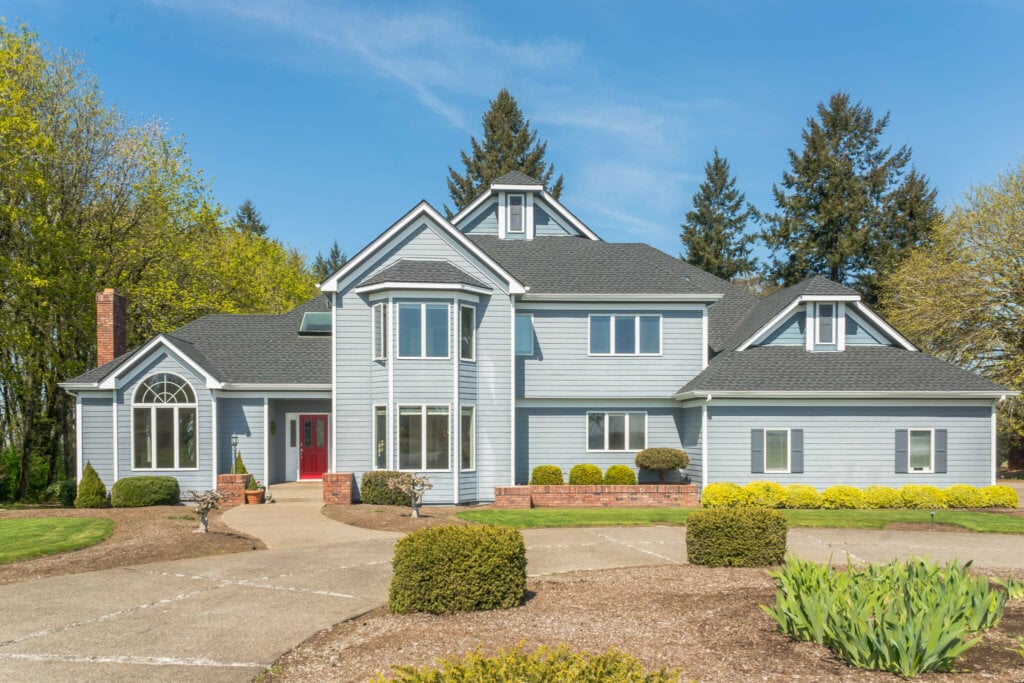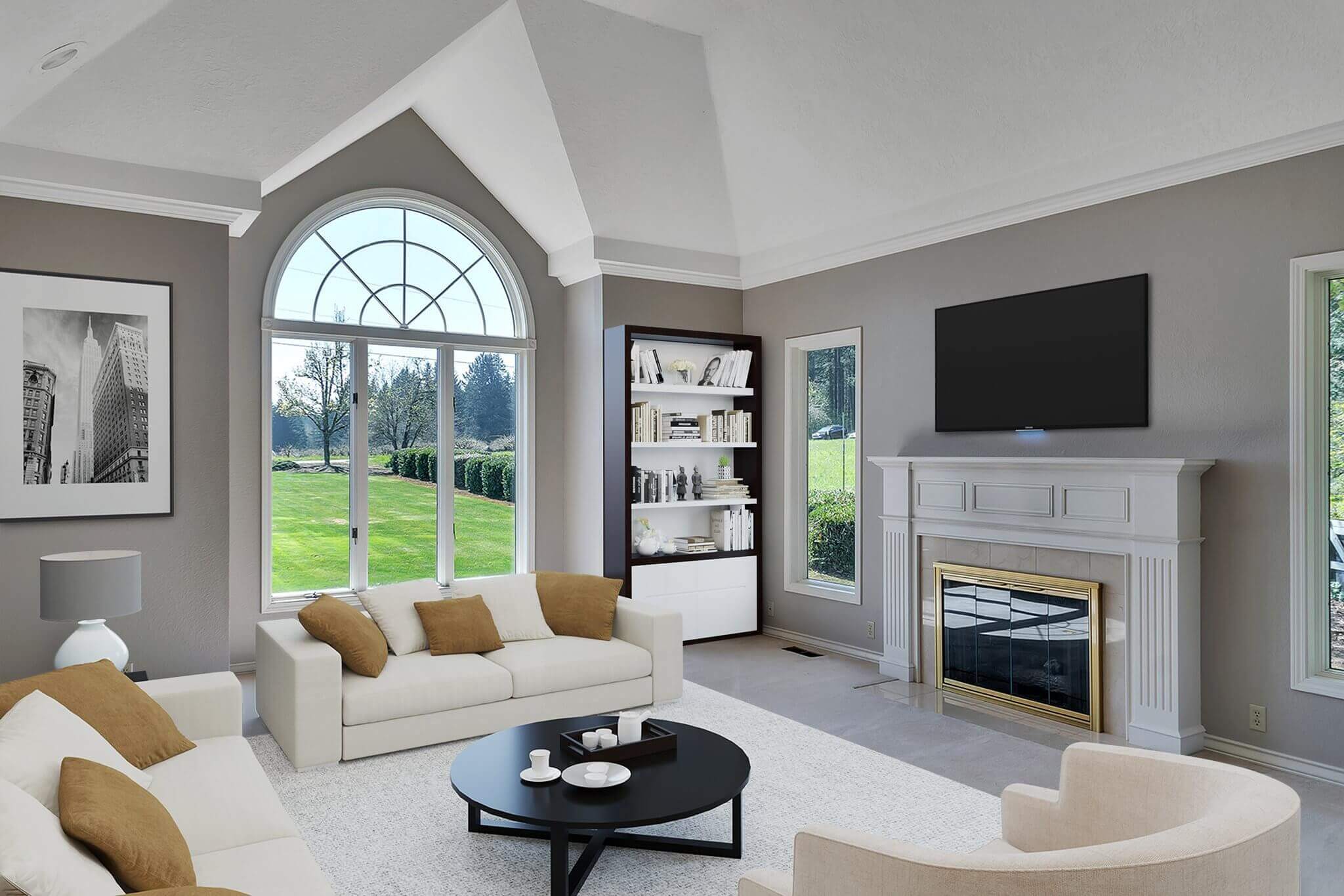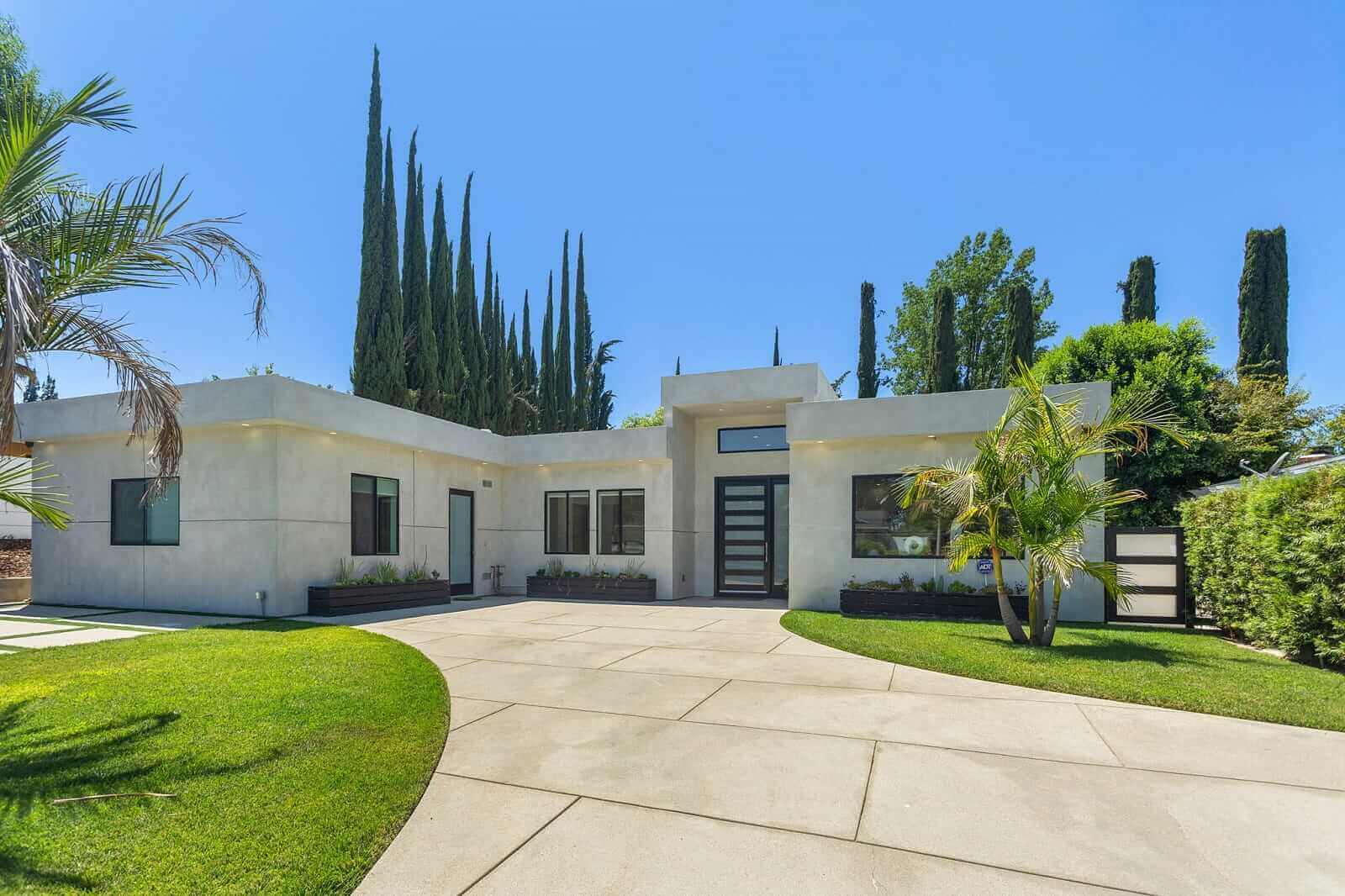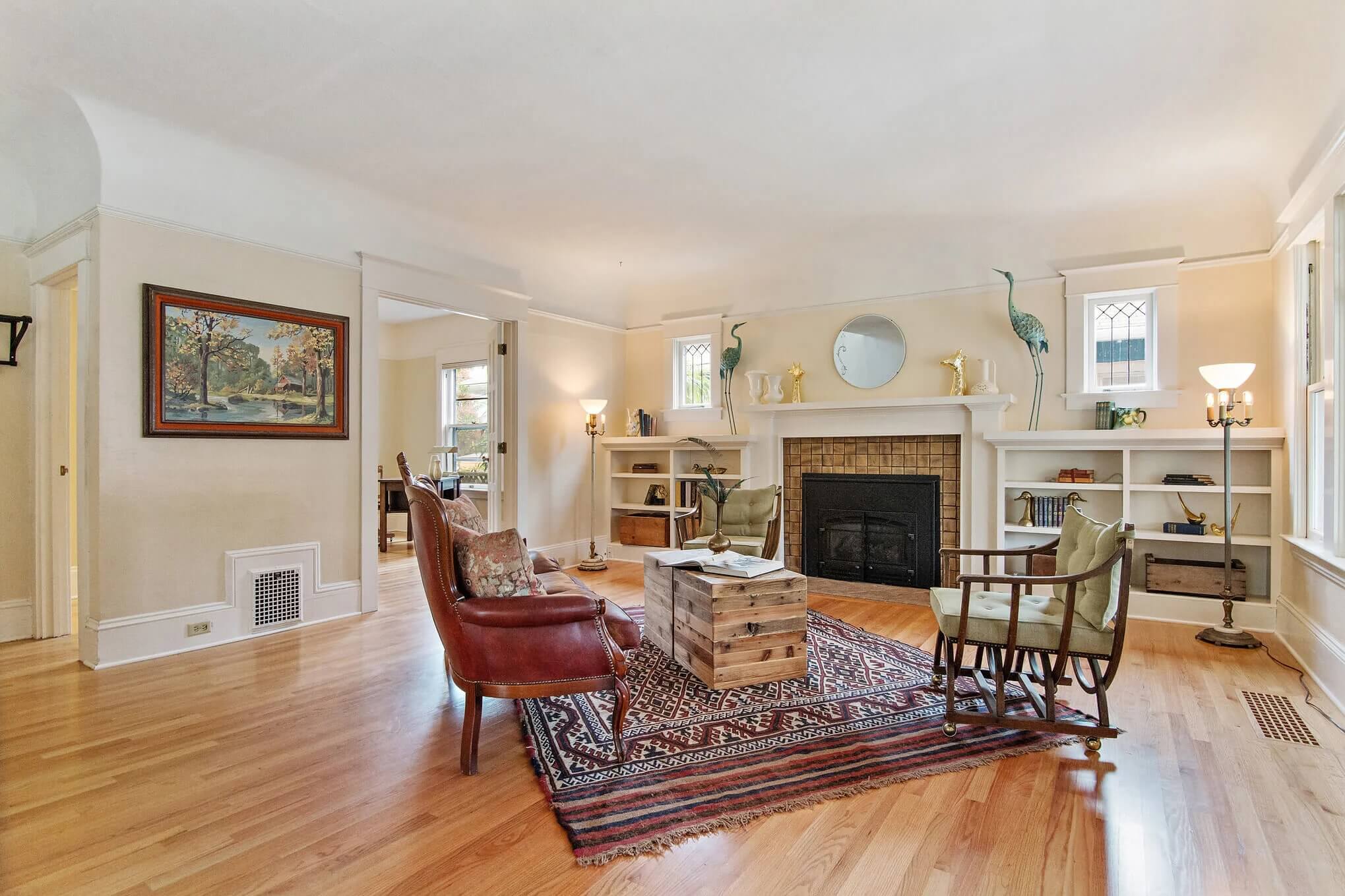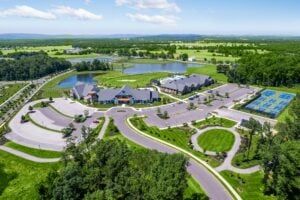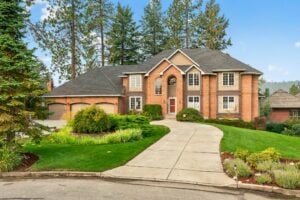Are you wondering how to get into real estate photography? If so, this post will show you our seven steps to becoming a real estate photographer, from making a proper self-assessment to gaining real-world experience.
1) Make a proper self-assessment
The first step to becoming a real estate photographer is to make a proper self-assessment. This means taking a close look at your skillset, character traits, and availability, then determining whether you feel real estate photography is the right fit for you.
At HomeJab, we always listen to our customer’s feedback on the type of real estate photographer they’re looking for. And while every real estate agent and photographer is different, there are a few character traits they all seem to agree on:
- Patience: Over 50% of HomeJab photographers said that homeowners weren’t prepared for the photo shoot “about half” or “more than half” of the time, according to our industry research. That’s why it’s important to practice patience: real estate photography jobs frequently include waiting for the home to be prepped.
- Flexibility: Agents and photographers noted the importance of being flexible on the job. After all, life happens: the homeowner’s kids get sick, contractors get delayed, pets get into mischief, and so on. The best real estate photographers can roll with the punches and still get the job done.
- Communication: You can’t talk about how to become a real estate photographer without mentioning communication skills. After all, you’ll be working with clients (i.e., real estate agents) regularly, so it’s important that you’re able to communicate effectively. This includes everything from contacting the agent to discuss a strategy for the photo shoot to sending the finished product on time.
- Positive attitude: A positive attitude is a must in any customer service field, and real estate photography is no different, so bring that infectious energy and good vibes to every shoot.
So far we’ve covered skillset and character traits, but you should also consider your availability when wondering how to get into real estate photography. This industry is fast-paced, which means that photographers who can be flexible with their schedules will have a definite advantage.
Keep in mind that the most popular days and times for photo shoots are Tuesdays, Wednesdays, and Thursdays during business hours (according to our research). If you’re available during those times, you’ll likely have a better chance of landing more real estate photography jobs.
2) Invest in the right equipment
The next step in how to start real estate photography is to invest in the right equipment. This includes a full-frame DSLR camera, wide-angle lens, and, in some cases, a professional gimbal that can you help you capture smooth, Steadicam-like footage.
Here’s a list of the bare essentials:
- DSLR camera
- Wide-angle lens
- Flash and diffusers
- Tripod
- Gimbal (optional but recommended)
As you become more familiar with the basics, you’ll eventually want to invest in additional equipment like drones and 360 cameras to help you capture even more dynamic shots.
Whatever you do, however, make sure you have a reliable mode of transportation to get you and your gear to and from each photo shoot without any major road issues.
3) Add equipment like drones and 360 cameras
Now that you have a better idea of how to become a real estate photographer, let’s talk about how you can stand out from the competition and wow your clients with stunning photos and videos.
The best way to set yourself apart from other real estate photographers is to add additional equipment to your repertoire, including drones and 360 cameras.
Real estate drones allow you to capture aerial footage and other dynamic perspectives that point-and-shoot cameras simply can’t take from the ground. These one-of-a-kind real estate photos and videos keep the viewer engaged with the listing and help the agent sell the home faster, leading to more photography gigs for you.
360 cameras, furthermore, are perfect for giving potential buyers a 3D virtual tour of the property. They create an immersive experience that has become standard in a competitive industry, so make sure you add this type of camera to your arsenal if you want to win more real estate photography jobs and scale your income.
4) Learn editing software
If you want to know how to get into real estate photography, then you need to be proficient in editing software like Adobe Photoshop and Lightroom.
These programs allow you to touch up photos, correct errors, and enhance the overall image to make it look its best. Many real estate photographers also use specialized plugins and presets to speed up their workflow and achieve consistent results.
If you’re not already familiar with editing software, then you’ll need to set some time aside to learn the basics. There are plenty of online tutorials and classes that can help you get up to speed quickly.
Alternatively, HomeJab provides real estate photography editing services that can save you time and help you deliver beautiful photos to your clients without having to do any of the edits yourself.
That way, you can focus on what you do best (taking amazing photos) and use the extra time to build up your real estate photography career.
5) Do your homework and learn photography basics
As with any new venture, it’s important to do your homework and learn the basics before diving in headfirst.
When it comes to real estate photography, that means understanding things like composition, lighting, framing, bracketing, and how to use your camera’s manual settings to get the best results.
There are plenty of online resources that can help you learn the ropes, but no lesson on how to become a real estate photographer would be complete without checking out HomeJab’s Ultimate Guide to Real Estate Photography.
Take the time to read articles, watch tutorials, and experiment with your camera before taking on any paying gigs. Some mistakes may be inevitable, but the more you know going into a shoot, the fewer there will be.
6) Practice and share your work for feedback
Once you’ve learned the basics of real estate photography and are confident in your abilities, it’s time to start practicing.
One of the best ways to hone your skills is to practice shooting with three to five brackets on bright, sunny days, as this will help you master your camera’s dynamic range.
The key to taking a stellar real estate photo is nailing the exposure, so make sure you get clear pictures of both the bright highlights and dark shadows in each frame. This technique can also help you avoid blown-out windows, which is a common rookie mistake that occurs when the bright sunlight causes the glass and window frame to appear white in the photo.
Once you’ve taken a few practice shots, share them with real estate photography groups on Facebook and LinkedIn for feedback. These experienced professionals can help you troubleshoot any issues and give you helpful tips on how to improve your photography skills.
7) Gain real-world experience
Our last step in how to become a real estate photographer is to get some real-world experience under your belt.
One of the best ways to do this is to assist a top real estate photographer in your area. This will give you the chance to learn from a pro and see first-hand how they approach each shoot.
Another great way to gain experience is to work with a real estate photography company that will vet your work before connecting you with real estate agents and their clients. This can give you the confidence you need to succeed and help you build a strong portfolio that will attract new clients.
At HomeJab, we handle all sales, scheduling, and editing orders, so you can focus on shooting amazing photos and providing great customer service to your clients. Working with us also means you’ll gain valuable experience dealing with real estate professionals in a fast-paced industry, which can help you land even more jobs in the future.
The Bottom Line
Now that you know how to become a real estate photographer, there’s no need to feel overwhelmed.
Just take things one step at a time and focus on perfecting your craft. Remember to invest in the right equipment, learn the photography basics, and gain real-world experience, and you’ll be well on your way to becoming a top real estate photographer in no time.
If you’re ready to get started but don’t have the time to handle the business side of things, such as sales, marketing, media hosting, and photo editing, just visit our Jobs page to learn more about how we can help you succeed.

